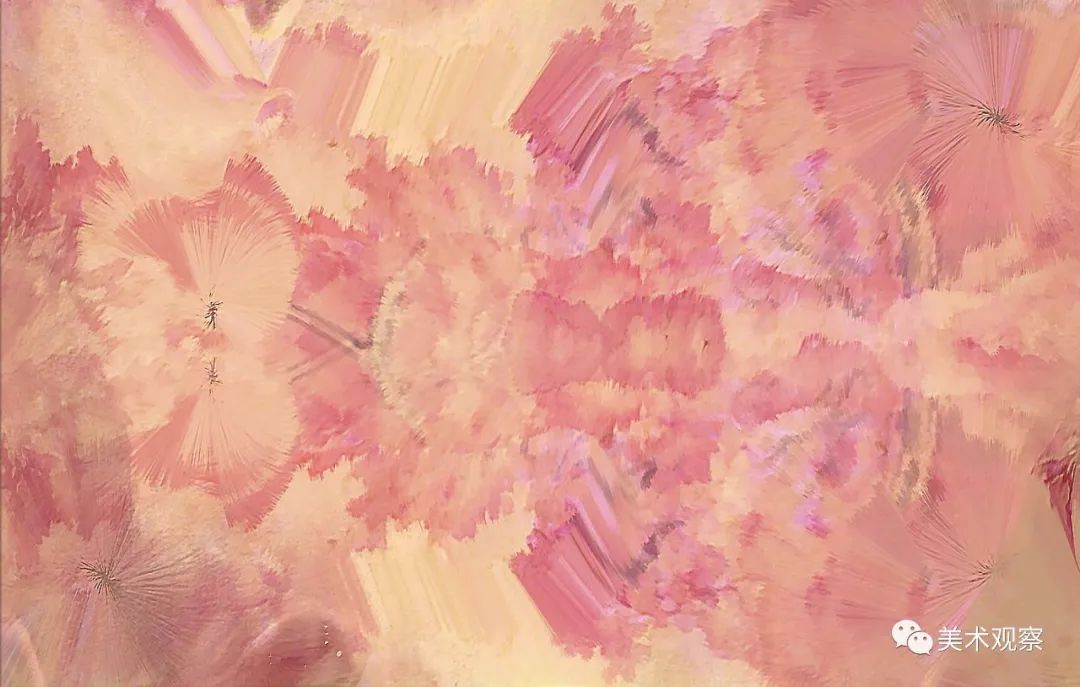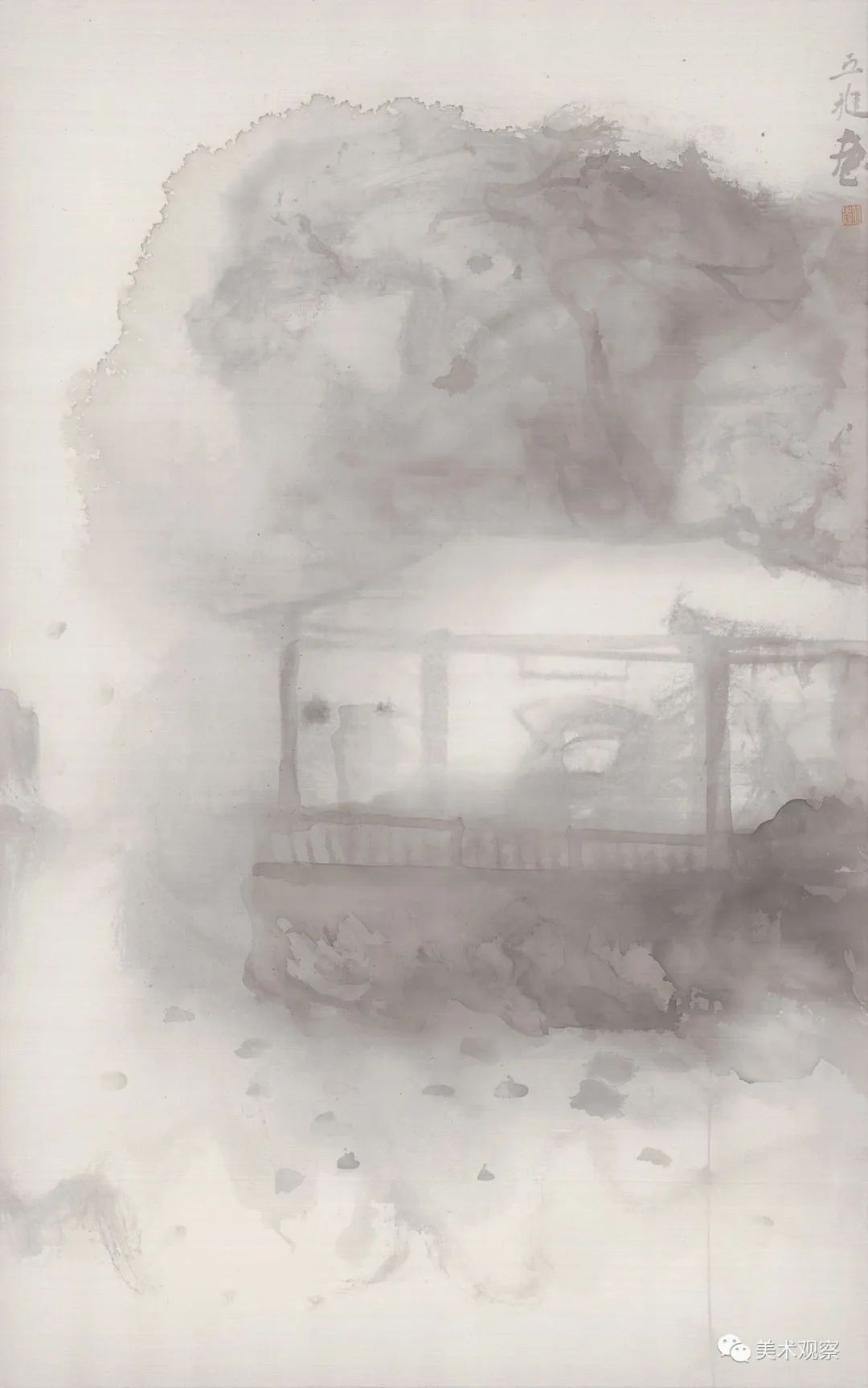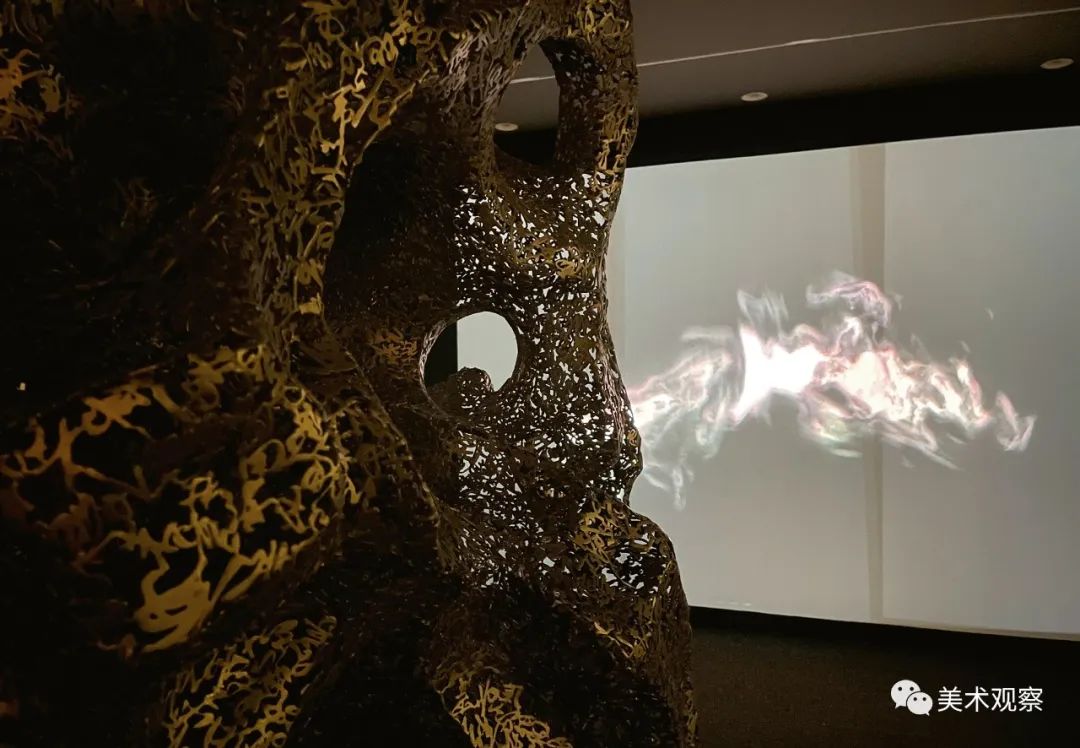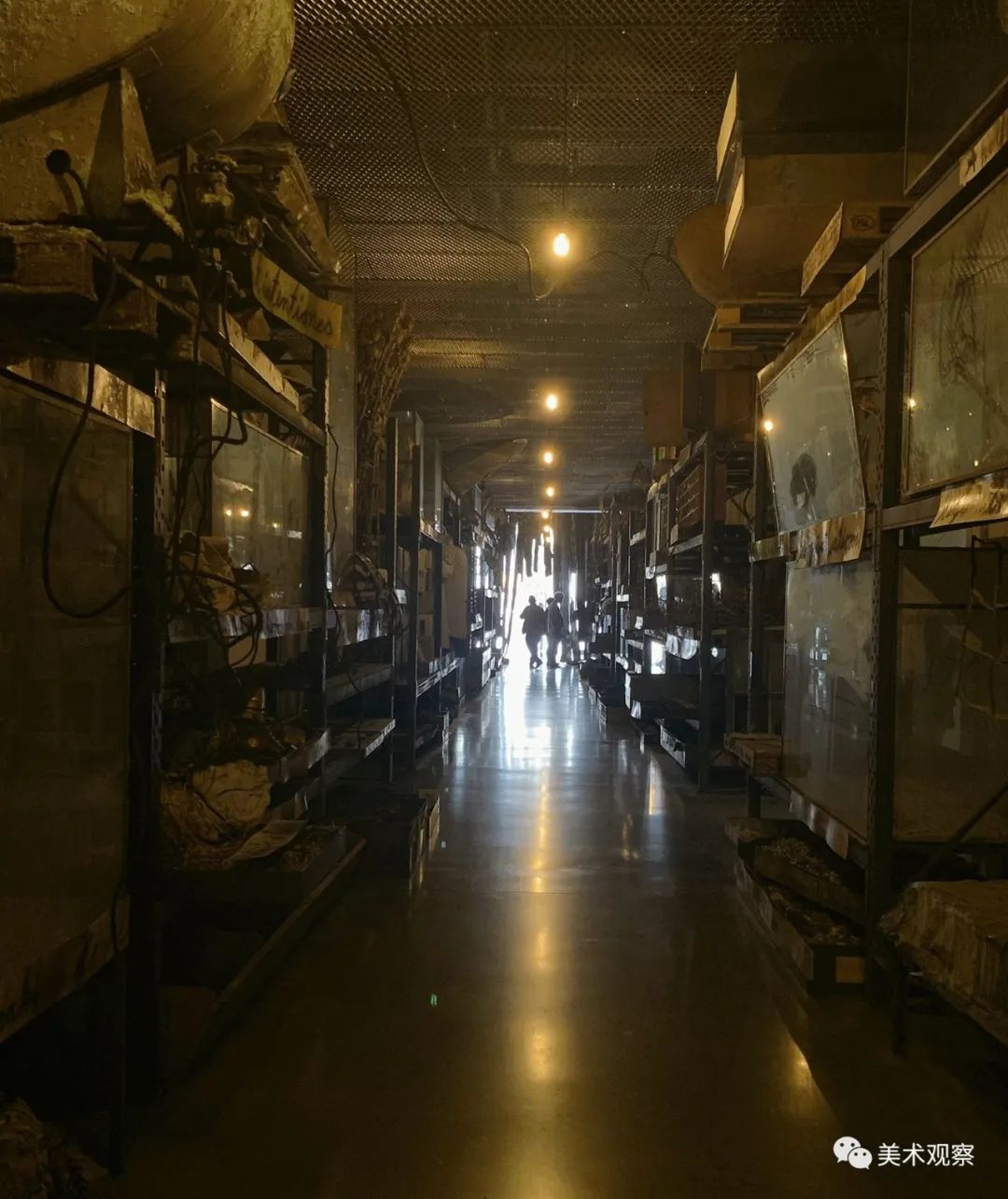Content summary:The rapid development of AI technology in the field of artistic creation has expanded rapidly, and the combination of China ink painting and AI has also produced many phenomena and problems. This paper will discuss the application prospect of AI in China ink painting from multiple dimensions, including how the symbiotic creative technology of AI and ink painting will affect the artist’s creative process, whether it will shake the boundary and core value of ink painting, and examine the challenge this combination brings to the traditional spirit and modernity of ink painting, as well as the gap between AI’s innovation and artistic life expression.
Key words:Artificial Intelligence Emergence and Challenge of Symbiosis and Innovation of China Ink Painting
In today’s wave of iterative technological change, artificial intelligence (AI) permeates all aspects of our lives. The art industry is also facing reconstruction and change, especially the visual, auditory art and design industries, which are becoming increasingly digital. New opportunities and crises coexist. The blending of art and AI will lead to an unprecedented subversive artistic change, and the future of China’s painting and calligraphy art is infinite.
As we all know, the art of Chinese painting is supported by a profound traditional knowledge system, which is continuously passed down and developed through the way of assimilation and acculturation. This has created its unique cultural psychology, thinking and behavior characteristics, and formed an interlocking brushwork and programming language. To borrow Yu Yingshi’s words, we should pay attention to the cultivation of knowledge and taste. "We should take the specialty as the origin, embrace thousands of families with relevant knowledge, and emphasize the knowledge and agreement, communication and specialization" (preface to Yu Yingshi’s Selected Poems and Paintings of Zhang Chonghe, life, reading and new knowledge Sanlian Bookstore, 2015 edition, p. 5), and professional learning should be based on a broad academic platform, so as to "unify all the disciplines and have them." With the rapid development of social science and technology, China’s ink painting spirit, which is bound by consumerism and utilitarianism, is the upward way to settle the free mind and has irreplaceable current significance.

Qiu Ting X Limited Studio Taohuan (still frame) Digital Generation Image 2022
However, emphasizing the present significance of ink painting cannot avoid the challenges faced by contemporary ink painting creation. On the one hand, the traditional painting method can not be compared with the generation efficiency of digital technology. Traditional painting needs a lot of time in the stage of material preparation and idea landing, while digital technology can create quickly, modify at any time, and save multiple versions for comparison and selection. On the other hand, in the face of increasingly diversified and rapid aesthetic needs, the innovation and integration of ink painting can be isomorphic in the cooperation and symbiosis with AI, and explore the appropriate development path. AI can rely on the huge database analysis, the existing vocabulary and creative experience of ink painters, the empathy isomorphism of artists’ inner feelings, and even the legal essence of the value system of ink painting to promote artists’ understanding of more dimensions of the vicissitudes of nature, deduce the absolute theme, effectively evaluate the creative scheme, technique, material application and display mode, and help artists deepen the language dimension of their creation and understand and explore social humanities and styles more deeply and diversely.
AI’s powerful computing power and huge information programming can quickly generate traditional painting skills, and can generate and understand huge data to create visual styles far beyond the usual ones. Among them, the imaginative "emergence" phenomenon shows the infinite possibilities of artistic creation in the AI era, which can be said to be the coexistence of longing and fear. At present, the use of AI tools is still in the initial stage. Most of the art industry only regards AI as a convenient and efficient technical tool, which is a synthesis under the constraints of the artist’s existing preset framework, such as asking questions to ChatGPT or sharing preliminary ideas. As an advanced language model, ChatGPT can understand the needs of artists and provide relevant suggestions, such as suggestions on artistic style, theme or technical scheme. This process can help artists to inspire and broaden new creative inspiration, and artists can use the tools of Midjourney to generate sketches. Midjourney has a series of operation processes that can help artists turn their ideas into visual sketches. Later, artists can share their sketches with ChatGPT for feedback. ChatGPT can provide suggestions on theme, composition, color and texture to help artists optimize their creative schemes. After several rounds of feedback and optimization, artists can use Midjourney to complete the second creation of pictures.This process requires artists to have clear creative ideas and clear self-awareness.

Who does Qiu Ting sit with? Silk ink 88×56 cm 2021
On the one hand, meet the challenge, on the other hand, embrace the possibility. AI can quickly learn and imitate human painting skills and works of art. This provides a new possibility for the future of ink painting. On the other hand, by analyzing the learning and creation process of AI, we can understand and study the creation rules and aesthetic rules of ink painting from various angles. In addition, AI’s powerful database and computing power, as well as its amazing internalization ability, have amazing algorithms surging, which enables AI to present visual effects unmatched by human beings in a short time, which makes it possible for AI to promote ink painting and even cross-media development. We should actively face the benefits brought by AI, make full use of the advantages of AI’s reproduction based on excellent human visual image experience, and the visual logic and formal patterns of AI calculus, actively explore and try new expression methods, and maintain the vitality of symbiosis and isomorphism between man and AI. AI provides a new vision for the innovation of ink painting. In this era of great change, we should embrace the symbiosis and isomorphism between AI and human beings, so that the art of ink painting can maintain its open vitality and embrace more chaos and unknowns.
In the history of human art, new technology can always promote the development and change of art. From architecture, design, photography to movies, from electronic music to digital art, technological progress has provided new possibilities for artistic creation. As a new technology, the application of AI in artistic creation also provides infinite imagination for ink painting.

Qiushi Digital Printing Sculpture 2023 "Heel Things Increase China — — Qiu Ting Art Exhibition "exhibition site
The application of AI also puts forward the thinking of ontological value and boundary for the spirit of ink painting. The unique aesthetics and expression of ink painting are deeply rooted in the cultural soil of China, especially in the introspection and spiritual transcendence of Confucianism, Buddhism and Taoism, which is the most valuable scenery in China’s cultural and artistic genes. The iterative development of science and technology does not necessarily touch the core part of the value system of ink painting art, such as traditional core concepts, history, skills, and the study of calligraphy and painting evaluation from semantics to concept generation. No matter what mode of Chinese painting exploration, we can’t avoid these core values, as well as the research and exploration on the origin of traditional culture.
However, AI-generated paintings often have an unreal sense of science and technology. At present, many works with some kind of electronic-generated plastic sense are typical. China’s ink painting is characterized by "loose", "waxy" and "hairy", the presentation of aesthetic images such as antiquity, obscurity, elegance, Xiao San and coldness, and the lack of AI creation, which is related to the current lack of AI’s understanding of nature and subtle emotional understanding of literary mind. Artists will integrate their understanding of nature and their perception of culture into their works in the process of creation. For example, Guo Xi emphasized the relationship between the painter and nature in Lin Quan Gao Zhi, and how the painter expressed his mind through nature. He said: "The landscape is the grand view of heaven and earth, and the things are born from it. It is also the goodness of people’s hearts, so it can be tempting to swim alone, get carried away and be leisurely. " This makes the artist’s works have the depth and vitality of philosophical thinking. However, the works created by AI still seem to lack this depth and vitality. Ink painting is based on the nature of mind, and its pen and ink pay attention to viewing things by oneself, viewing things by things, and changing with emotion. The use of symbols and programs is based on the subject’s emotion to grasp and recreate objects, and the learning and creation process of AI is based on data and algorithms. For the moment, no matter how novel and unique its creation style is, what may be missing is the most precious spiritual temperament of ink painting.
Therefore, the discussion of AI creation can’t avoid the irreplaceability of the integration of knowledge and practice as an artist’s physical spirit, the emotional expression of the artist’s subtle muscle memory, how to present and measure the fickle nature in the world through hands and brushes, express the complex cultural sense in history, society and religion, and the scale and emotional entanglement of the artist’s integration into the body. AI painting is based on pure operation. Although the phenomenon of "emergence" brings imagination and creativity beyond expectations, it is fascinating and scary, but its creative source is data. However, human creation is based on cognition, which is a comprehensive perception of emotion and body. In particular, it needs to use human body to create in a large amount. It is the artist’s perception and application of body, the expression of consciousness through body, and the contest between body and media. These are probably not available in current AI creation. Perhaps in the future, through the docking of human brain and machine, the generation and creation of large models based on neural networks or billions of parameters can be realized without hindrance, and inspiration can be drawn from AI algorithm and brain neural networks respectively, which is what future artistic creation can look forward to.

In 2023, the White Cube London’s Beaumont West Space "anselm kiefer — — Finnegan’s wake night "exhibition site
At the end of June this year, I saw Kiefer’s solo exhibition based on Joyce’s finnegan’s wake, drawing nutrients from poetry, philosophy, religion and science to generate art, while rebelling and subverting, asking about the life cycle of death and rebirth. This shocking visual field is stubborn and bitter, which completes the reproduction of Joyce’s poetic spirit. Only artists with compassion and historical perception can resist the depths of the soul. This kind of human expression and narrative power, which makes the viewer exhausted, will also make us reflect on the limitations of AI’s involvement in the artistic spirit. As Norman Bresson of the University of London once pointed out: The cognition constructed through the symbolic system (signifier and signified) will ignore or ignore "feelings, emotions, intuition and feelings". The human brain has strong plasticity, in which the hidden potential and the thoughts formed by the nerve subject unconsciously make the nerve subject unique in visual experience. Great artistic creation needs the awakening of artistic intelligence and the ultimate questioning of life spirit. If AI is a tool for artists’ research and creation, artists will actively intervene in the application of AI, which will lead to symbiosis with it and enhance their self-creativity. However, the great potential of AI can’t help but make people imagine: when AI cooperates with artists humbly and responsibly, will it also use artists as creative tools? We may also wish to look at it from the perspective of AI as the main body: Is thinking under the inertial framework of an artist a bit like "Be honored where there is no Buddha "? Are humans sometimes too self-righteous?
Professor, Qiu Ting Central Academy of Fine Arts
关于作者